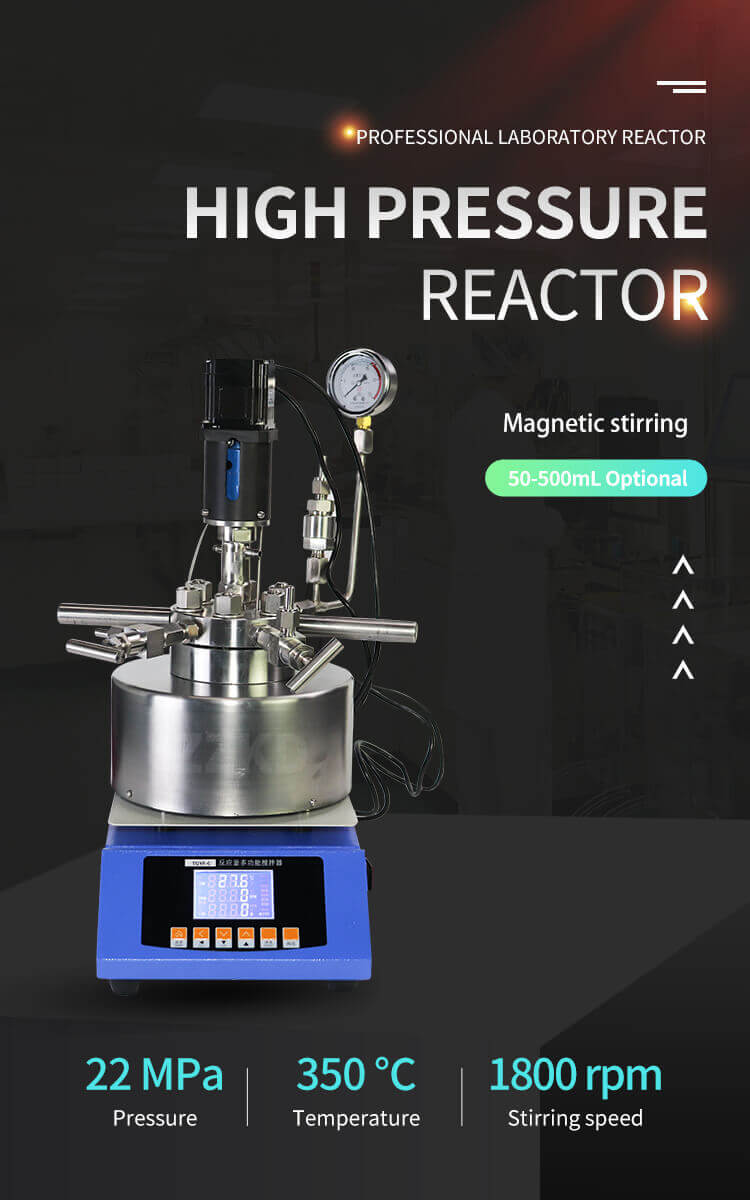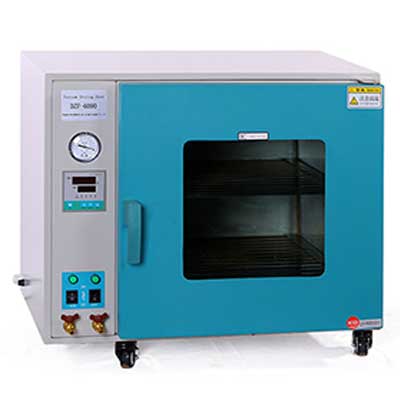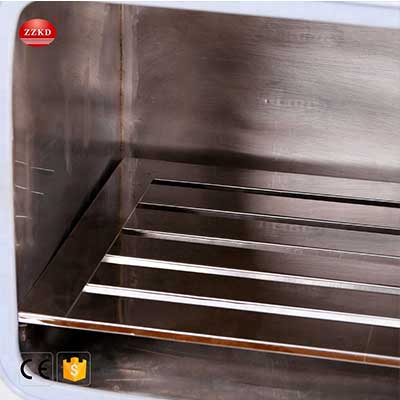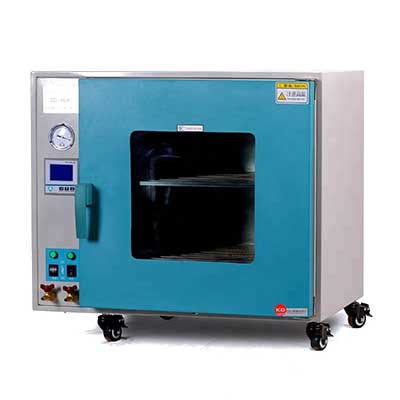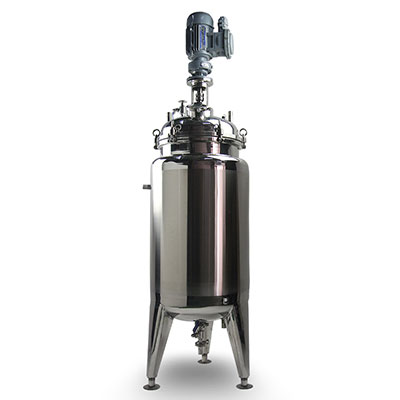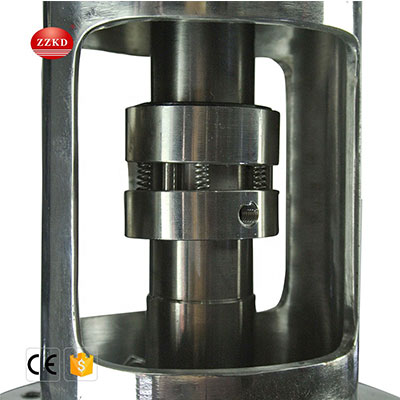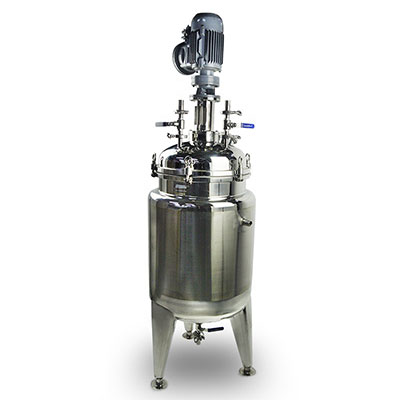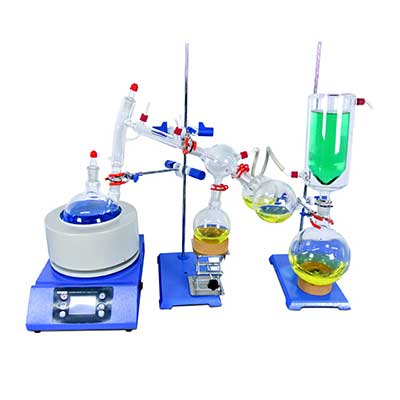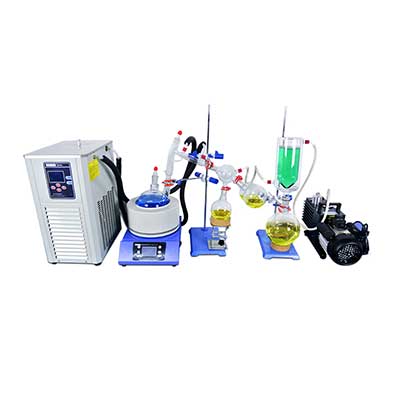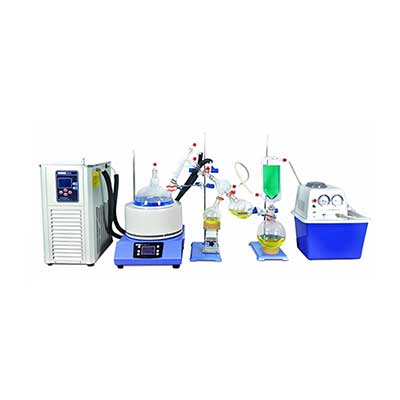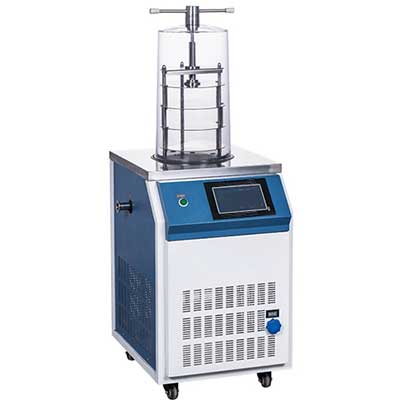-
WhatsApp
-
Email
In the world of cutting-edge laboratory equipment, high-pressure stirred lab autoclaves are revolutionizing the way scientists and researchers conduct experiments. These specialized devices are designed to withstand extreme conditions, making them indispensable tools in various fields. In this article, we will explore the fascinating world of high-pressure stirred lab autoclaves, their applications, benefits, and how they are transforming the landscape of scientific research.
The Science Behind High Pressure Stirred Lab Autoclaves
High-pressure stirred lab autoclaves are marvels of engineering, designed to create controlled environments with elevated pressure and temperature. These autoclaves consist of a robust chamber, often made of stainless steel, capable of withstanding the most demanding conditions. The primary purpose of these autoclaves is to accelerate chemical reactions and ensure their precision by maintaining high pressure and agitation.
Inside the autoclave, reactions can occur at pressures that are significantly higher than atmospheric pressure, which can be crucial for various applications in chemistry, pharmaceuticals, and materials science. The key to their effectiveness lies in the ability to regulate pressure and stir the reaction mixture simultaneously.
The sophisticated technology within high-pressure stirred lab autoclaves allows scientists to perform experiments that were once considered impossible due to extreme conditions. Researchers can explore new horizons in chemical synthesis, catalyst development, and material characterization.
Diverse Applications in Scientific Research
High-pressure stirred lab autoclaves find applications in a wide array of scientific disciplines. These versatile instruments are not limited to a single field and can be adapted to address various research needs. Here are some of the most common applications:
Chemical Synthesis and Catalysis
High-pressure stirred lab autoclaves are indispensable in chemical synthesis and catalysis research. They enable the creation of novel compounds, optimization of reaction conditions, and the development of greener and more efficient chemical processes.
Materials Science
In materials science, researchers use high-pressure stirred lab autoclaves to synthesize advanced materials, study their properties, and investigate phase transitions under extreme conditions. This is essential for innovations in materials used in industries such as aerospace and electronics.
Pharmaceutical Development
Pharmaceutical companies utilize these autoclaves for drug development, ensuring that reactions occur reproducibly and meet strict quality control standards. High-pressure stirred lab autoclaves are crucial for producing active pharmaceutical ingredients (APIs).
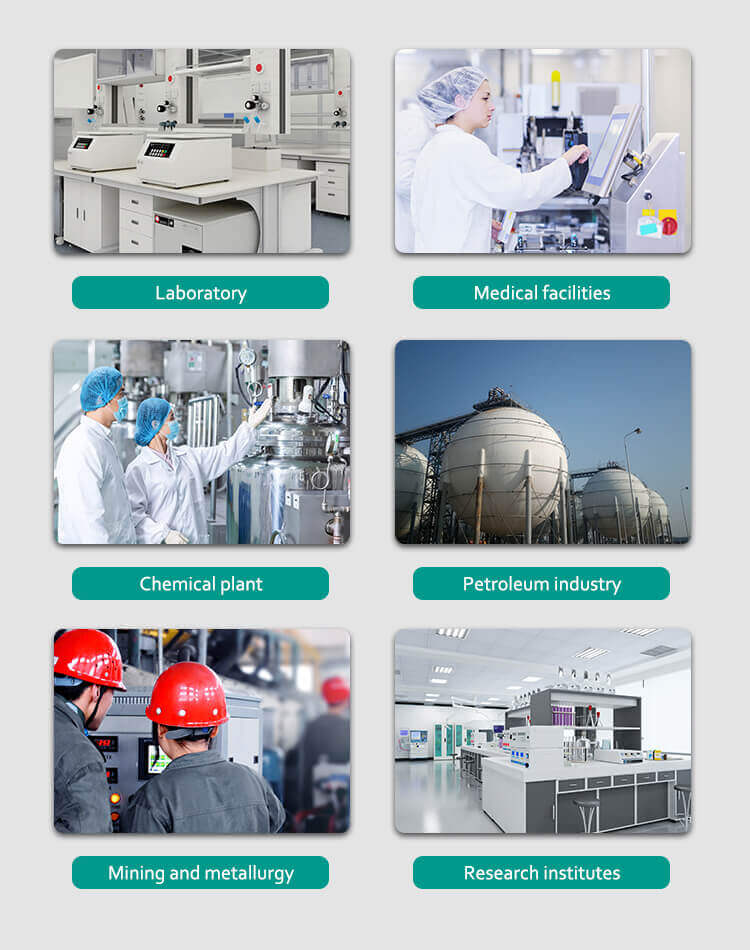
Benefits of High Pressure Stirred Lab Autoclaves
The adoption of high-pressure stirred lab autoclaves offers numerous advantages to researchers and scientists. These benefits are instrumental in achieving precise and reliable results in the laboratory.
Enhanced Reaction Control
One of the primary advantages of high-pressure stirred lab autoclaves is their ability to provide precise control over reaction conditions. Researchers can adjust pressure, temperature, and agitation to optimize reactions and achieve desired outcomes.
Reduced Reaction Times
High-pressure conditions within these autoclaves often lead to faster reaction kinetics. This means that reactions that would take hours or days at normal conditions can be completed in a fraction of the time, saving valuable resources and accelerating research.
Scalability and Reproducibility
High-pressure stirred lab autoclaves are available in various sizes, making them suitable for both small-scale research and large-scale production. This scalability ensures that results obtained in the lab can be reproduced in industrial settings, streamlining the transition from research to commercialization.
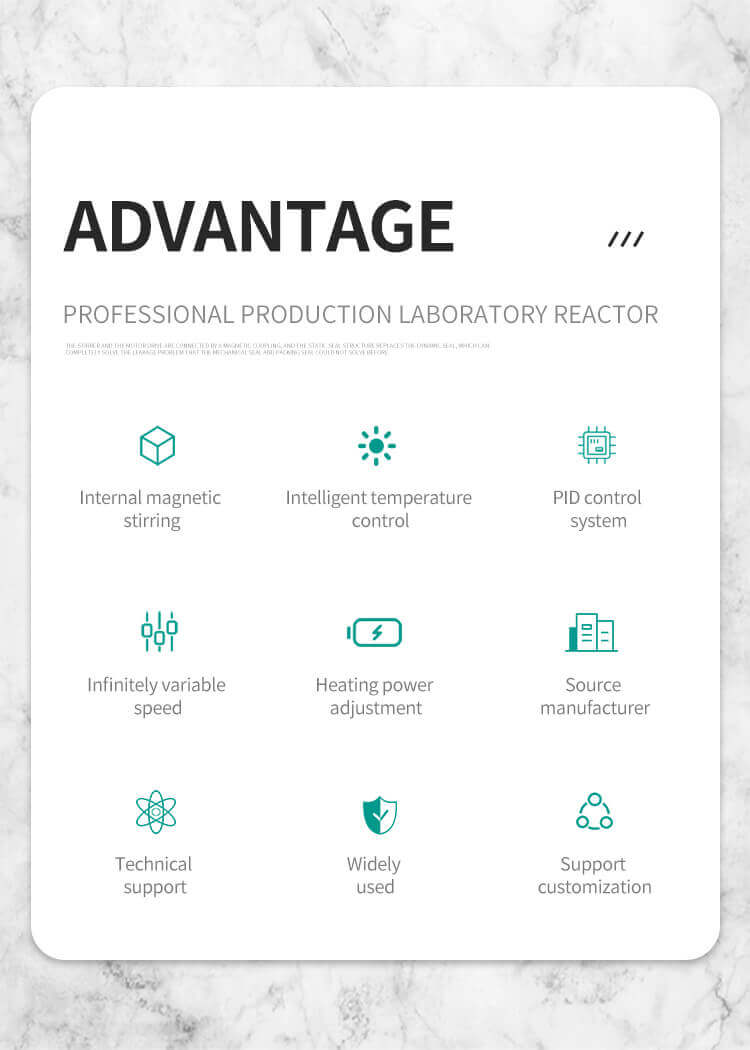
Innovations in Autoclave Technology
The world of high-pressure stirred lab autoclaves is continuously evolving, with ongoing advancements in technology and design. Researchers and manufacturers are working together to create autoclaves that are more efficient, user-friendly, and environmentally sustainable.
Automation and Control
Modern high-pressure stirred lab autoclaves come equipped with advanced control systems, allowing precise regulation of pressure, temperature, and stirring. Automation simplifies the experimental process and minimizes the margin of error.
Safety Features
Safety is paramount in laboratory environments. Recent innovations in autoclave technology include enhanced safety features, such as pressure relief systems and fail-safes, ensuring that experiments can be conducted without unnecessary risks.
Sustainability
As environmental concerns become more pressing, autoclave manufacturers are developing more energy-efficient models that reduce the carbon footprint of high-pressure stirred lab autoclaves.

Selecting the Right Autoclave for Your Research
Choosing the appropriate high-pressure stirred lab autoclave is a critical decision for any researcher or laboratory. Factors to consider include the intended applications, available space, safety requirements, and budget. Manufacturers offer a range of options to cater to diverse needs.
Size and Capacity
The size and capacity of the autoclave should align with the scale of your experiments. Consider whether you need a small benchtop model or a larger floor-standing unit.
Pressure and Temperature Range
Different autoclaves offer varying pressure and temperature capabilities. Ensure that the autoclave you select can accommodate the conditions required for your research.
Safety and Regulatory Compliance
Check that the autoclave complies with safety regulations and industry standards. This is particularly important in fields like pharmaceuticals and chemicals.
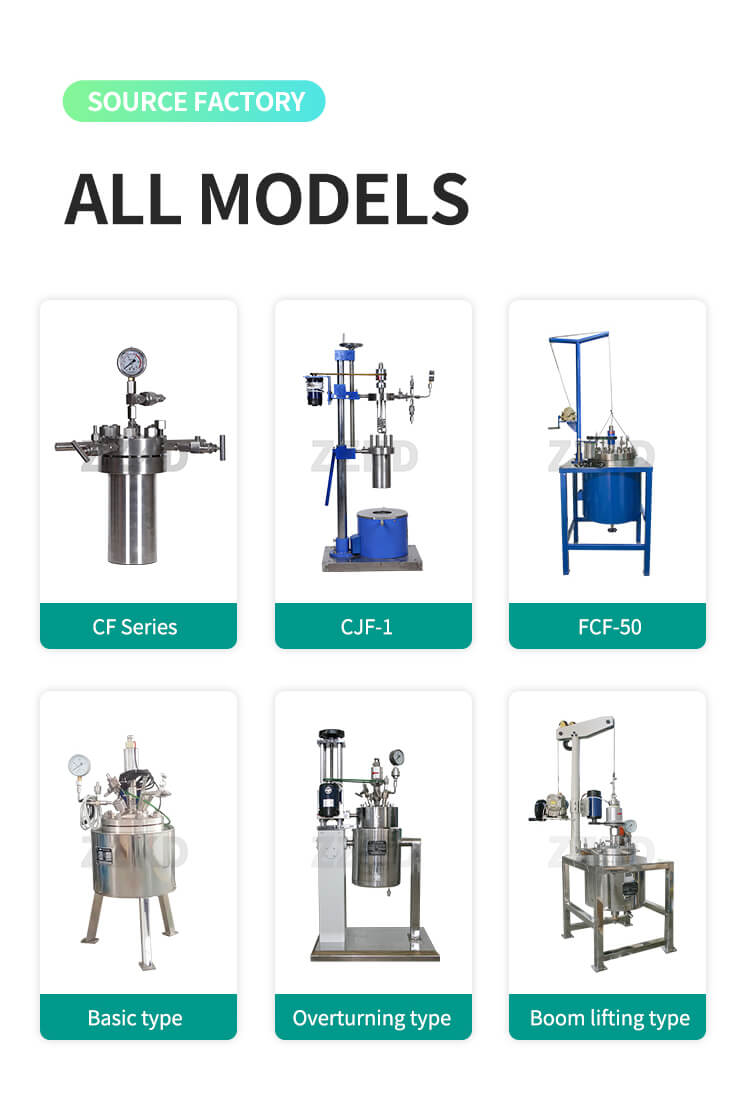
The Future of High Pressure Stirred Lab Autoclaves
As technology advances and scientific research continues to push the boundaries, the future of high-pressure stirred lab autoclaves looks promising. Researchers can anticipate further improvements in automation, safety, and sustainability, allowing them to tackle even more ambitious experiments.
In conclusion, high-pressure stirred lab autoclaves have become indispensable tools for scientific research, offering precise control, reduced reaction times, and scalability. These innovative instruments are shaping the future of chemistry, materials science, and pharmaceutical development, and their ongoing evolution promises even greater possibilities for researchers worldwide. Stay tuned for more exciting developments in this dynamic field.


